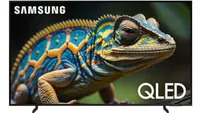Best 43-inch TVs in 2025: Expert tested and rated
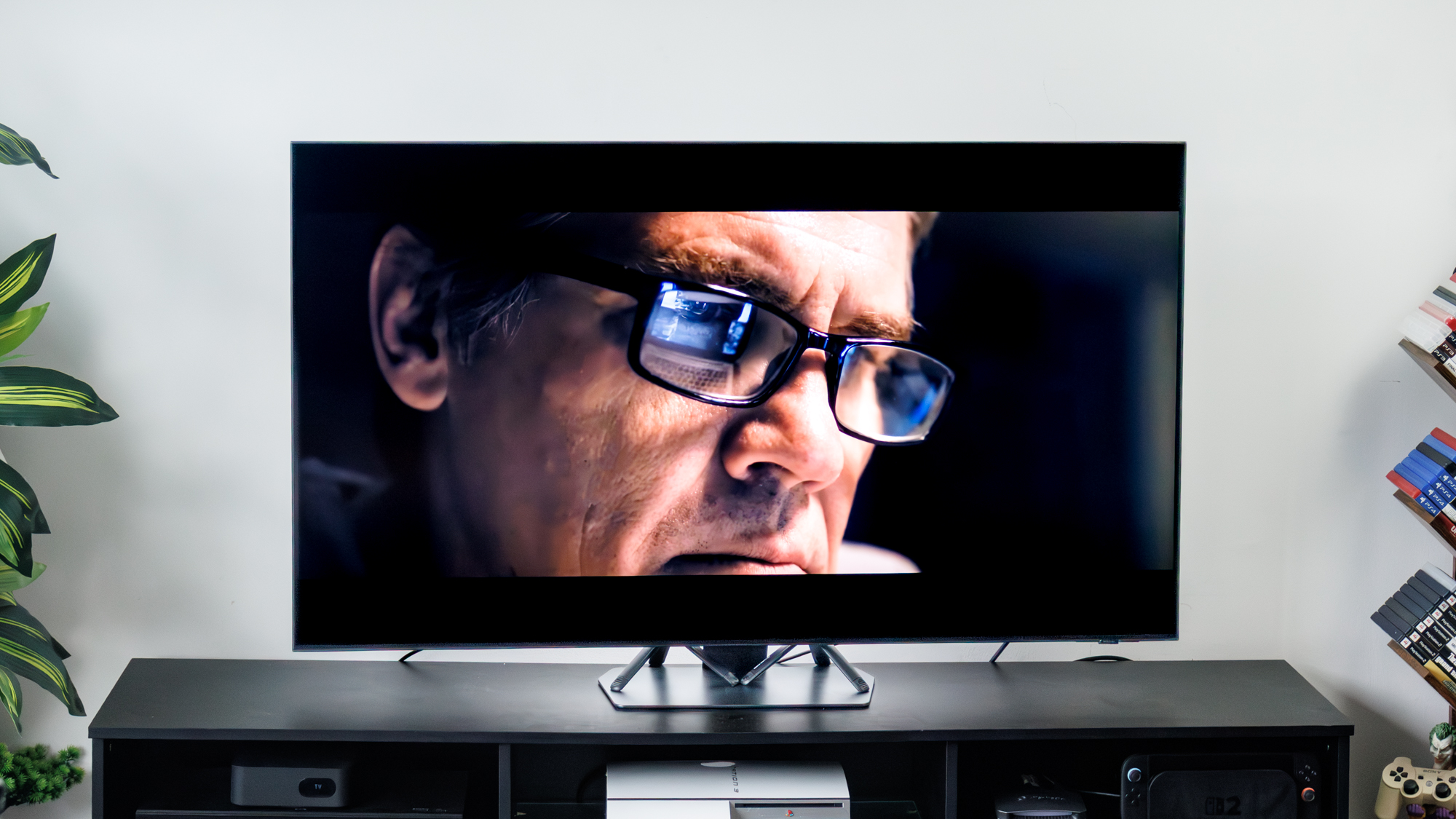
I’ve been testing and reviewing TVs for over ten years, and I’m here to tell you that, despite what you may have read about TVs getting bigger, smaller-sized sets are still popular picks. The best 43-inch TVs look good across all content types and offer useful features for gaming and beyond.
These days, most brands offer 42- and 43-inch TVs across various price points, from extremely cheap LED-LCD models that cost under $300 to pricier QLED and OLED models that offer top-of-the-line performance.
Speaking of, the best you can buy right now is the 42-inch LG C5 OLED. This thin, lightweight TV is anything but a lightweight when it comes to picture quality. Plus, it's packed to the brim with features for competitive gaming, streaming and more.
If you need a TV with a little more brightness, the Samsung QN90F has you covered, while the Amazon Fire TV Omni has you covered on price.
The best 43-inch TVs you can buy right now
Why you can trust Tom's Guide
Best 43-inch TV overall
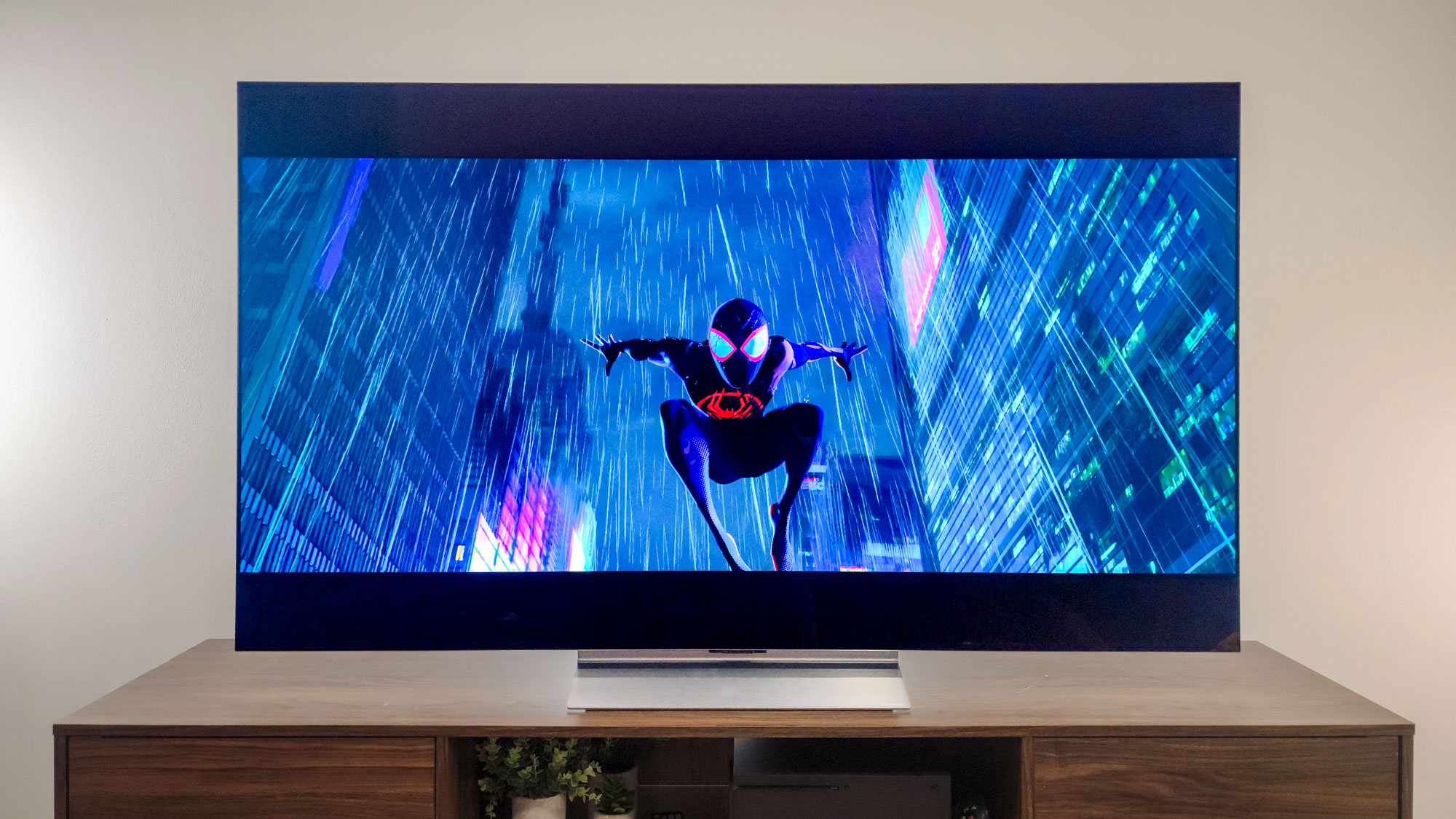

Specifications
Reasons to buy
Reasons to avoid
The best 42- to 43-inch TV you can buy right now is the 42-inch LG C5 OLED. It's replacing last year's LG C4 OLED in the top spot. If you're looking for a smaller-sized TV that doesn't cut corners, this is the one to get.
You'll pay more for the 42-inch C5 than most TVs in this size range (and lose out on a single inch of screen size), but it's worth it.
Like all OLED TVs, contrast is the C5's best attribute. Its self-lit pixels allow for perfect black levels and precise contrast control, and there are other benefits to the display technology, too. These include wide, accommodating viewing angles and an ultra-thin, super-light design. Its svelte design makes it an especially attractive option for narrow desks (or otherwise limited tabletop space).
It's also gaming powerhouse. All four of the C5's primary inputs are HDMI 2.1-compatible and support 4K gaming at both 120Hz and 144Hz. That last spec makes it a terrific option for folks who want to use it as a monitor for PC gaming.
There are plenty of more affordable 42- and 43-inch TVs out there, but the C5 is the best pick if performance and features are important to you.
- Read our full LG C5 OLED review
Best QLED 43-inch TV
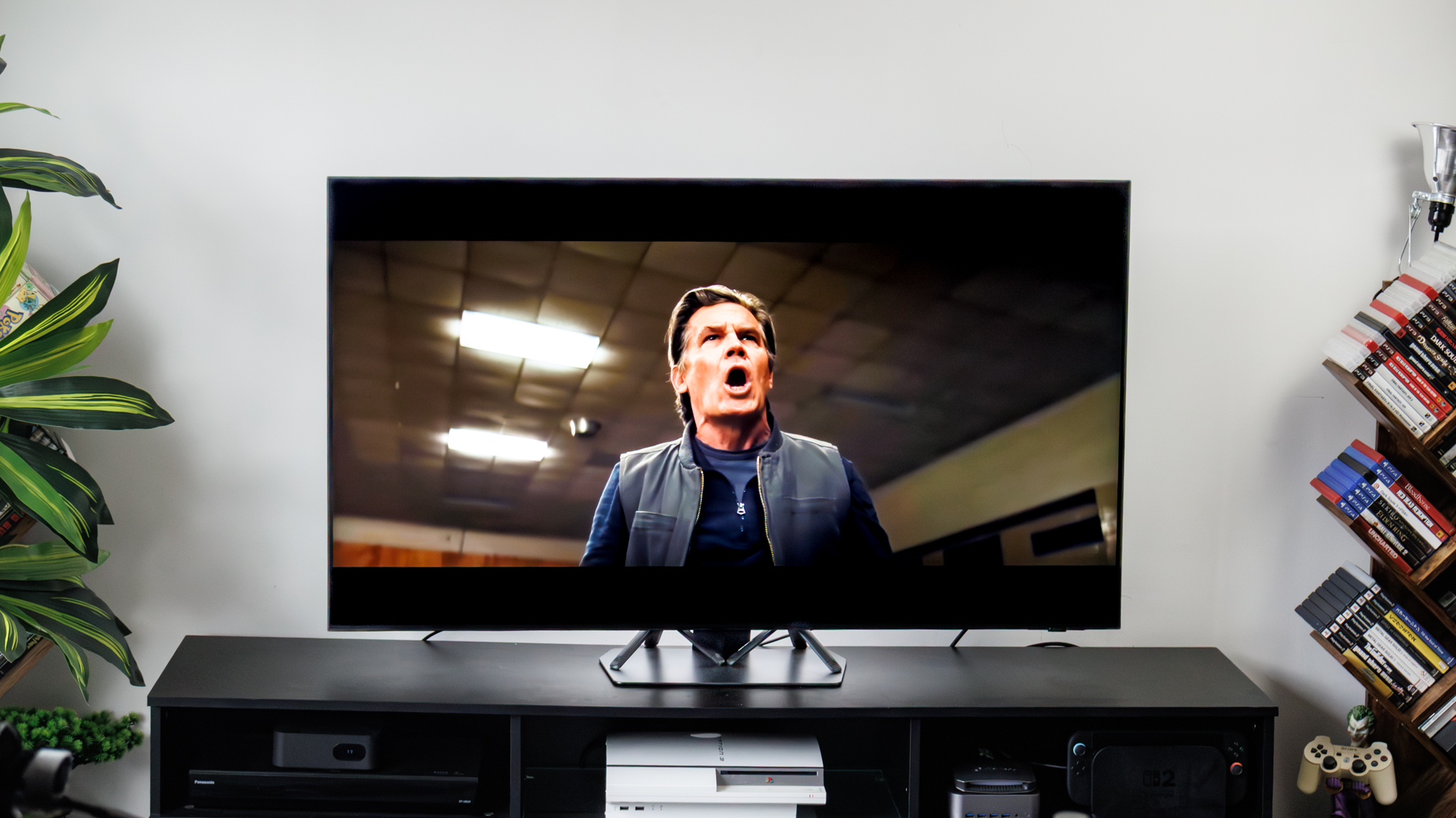
Specifications
Reasons to buy
Reasons to avoid
Samsung's QN90 Series is a perennial winner. It's one of the best QLED TVs that Samsung makes, and it's loaded with the latest and greatest features.
From its design to its performance, everything is premium about this TV. It's extremely thin at 1.1 inches deep (only a hair thicker than the C5 OLED) and its anti-glare coating is top-notch. If glare has consistently been an issue for you, the QN90F is purpose-built to make details more visible in bright rooms.
On the performance side, our rigorous lab tests measured a brightness and color accuracy of 2,109 nits and a Delta-E of 1.8, respectively. To the layman, these numbers are exceptionally good. In real-world tests, our reviewer Ryan Epps was blown away by its incredible contrast and noticed little to no light bloom.
Some color correction made some HDR movies look a bit less vibrant than he would've liked, but all the animation content looked great to his eyes. Overall though, the 43-inch QN90F is a great OLED alternative for bright rooms.
- Read our full Samsung QN90F Neo QLED TV review
Best budget 43-inch TV
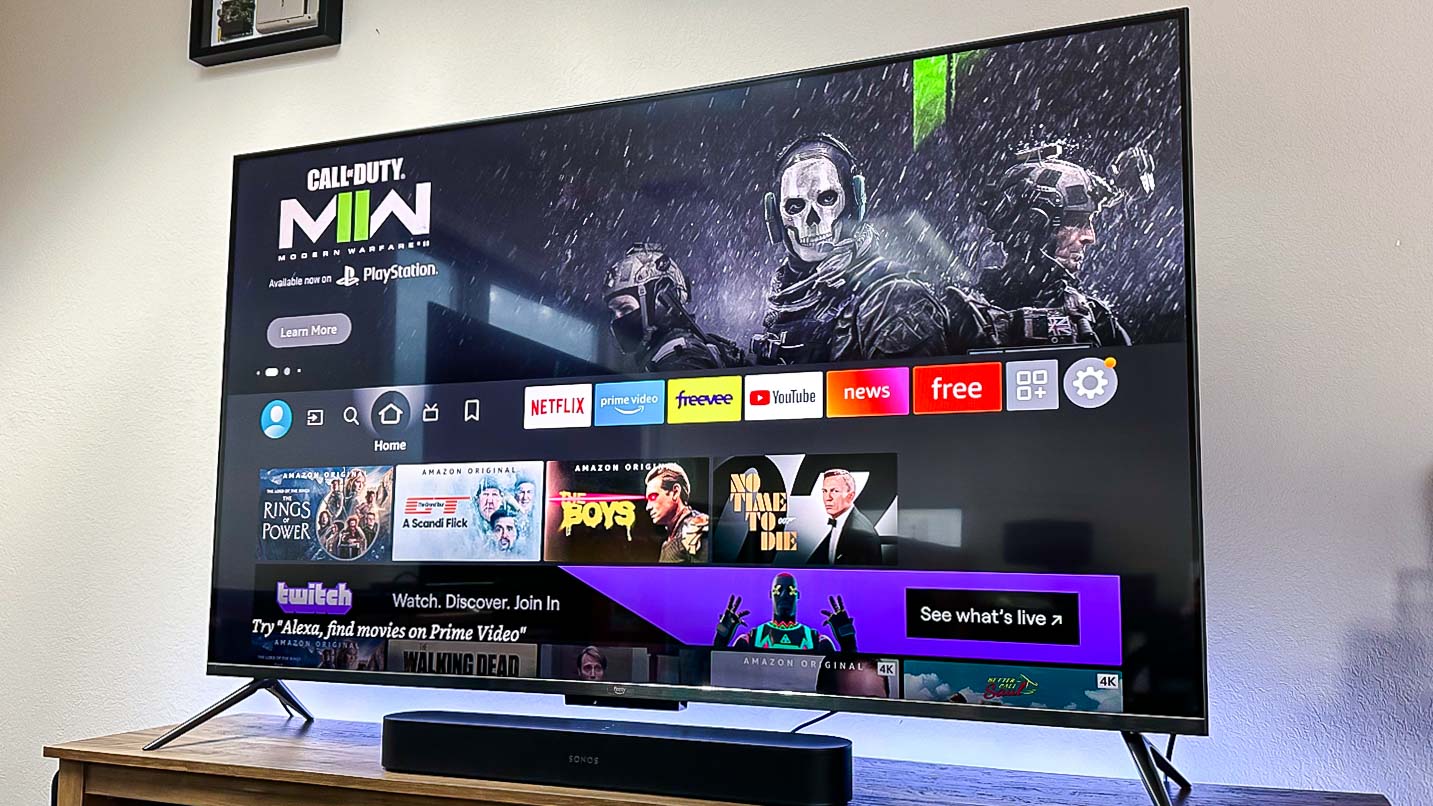
Specifications
Reasons to buy
Reasons to avoid
The Amazon Fire TV Omni won't win any awards for earth-shattering HDR performance, but its built-in Fire TV platform and low sticker price make it a suitable option for folks looking to spend as little as possible on a 43-inch TV without scraping the bottom of the barrel.
As mentioned, the 43-inch Fire TV Omni doesn't showcase 4K, HDR content in a way that truly takes advantage of the format. Still, for a TV in this price range, it'll pass most people's eye test.
The ability to summon Alexa hands-free is great when you want to ask a quick question, and its respectable 10ms of input latency make it one of the better picks for gamers looking to spend less than $400 on a 43-inch gaming TV.
Amazon's smart TV software has always been at its best when showcasing built-in Alexa functionality, but the Amazon Fire TV Omni series takes this to a new level, enhancing that capability and pairing it with a better looking TV than any Fire TV we've seen before.
- Read our full Amazon Fire TV Omni review
Best 43-inch TV test results
TV | Peak Brightness (tested) | Delta-E (tested) | BT2020 Color Volume (tested) | Input Lag (tested) |
LG C5 OLED | 1,165 nits | 1.3 | 76.18% | 9.1ms |
Amazon Fire TV Omni | 556 nits | 1.9 | 73.8% | 10ms |
Samsung QN90F | 2,109 nits | 1.8 | 77.4% | 9.5ms |
Also tested
Of course, these aren't the only 43-inch TVs aren't the only ones we've tested. Here are other 42- and 43-inch models that didn't make our top list.
Sony 43" Bravia 3 LED TV: The most affordable TV that carries the Bravia moniker is Sony's Bravia 3. Despite the Bravia 3's lack of luminance and local dimming, I appreciated the accuracy of its out-of-the-box performance in Sony's Professional picture mode. It's priced higher than most budget-oriented 43-inch TVs, however, so you'll have to spend a bit more for Sony engineering.
Read our full Sony Bravia 3 review
Samsung 43" Q60D LED TV: Samsung's most affordable 2024 QLED isn't an impressive TV, but if you just need an ultra-affordable 43-inch TV with built-in smart features, there are worse models out there. The main reason we prefer the Bravia 3 over the Q60D has to do with the Q60D's more limited display technology. You can read more about it in our Sony Bravia 3 vs Samsung Q60D face-off.
Read our full Samsung Q60D QLED TV review
How we test 43-inch TVs
When it comes to evaluating the best 43-inch TVs, we're serious about getting it right.
Even at this smaller size point, our TV-testing process consists of two key components: in-depth, scientific testing and real-world use. We believe that gathering data about a TV's performance is just as important as spending time with it in our own living rooms.
Just as you might do at home, we source content from Netflix, Blu-rays, YouTube, and more. We play video games, tinker with the TV's settings, and get to know its built-in smart platform.
We have a number that represents the TV’s peak brightness, but how well the picture holds up during the day is a different story. The color measurements we gathered in the lab may be accurate, but problematic picture processing might not rear its ugly head until you boot up an episode of “Andor.”
When getting to know these TVs, we ask ourselves the sort of questions you might ponder yourself: What do all of these menus do? Which settings look the best? Is this TV hiding an always-on microphone, listening to everything I say?
Comparing lab-based data with extensive, hands-on use reveals a complete picture of a TV's strengths and weaknesses. With this hybrid approach, we're able to put ourselves in your shoes and to help you make a confident, informed choice about which 42- or 43-inch TV to buy.
How to choose the best 43-inch TV
Choosing the best 42- or 43-inch TV for you will come down to three things: performance, features and price.
Performance: Several factors contribute to a TV’s performance, but generally speaking, you should be on the lookout for TVs with good contrast, voluminous color and an accurate picture out of the box. A TV with high brightness is more likely to look better in well-lit rooms. If you’re not shopping for an OLED TV, an LED TV’s display hardware is important; Mini-LED TVs typically offer the best backlight control, while backlit LEDs with local dimming usually come with better contrast than edge-lit LED TVs.
Features: Even at the 42- and 43-inch size point, a TV’s features are important. Every TV on this list comes with built-in smart features, but not every smart platform is the same. If you plan on relying on your next TV’s streaming software, look for a set with a reliable smart platform. Additionally, if you’re a gamer, familiarize yourself with the gaming features that might be important to you, like refresh rate and input lag.
Price: A 42- or 43-inch TV's price varies depending on the type of hardware it's working with and the performance it delivers. Entry-level LED TVs at this size point can cost as little as a few hundred bucks, while higher-end 42-inch TVs (like OLED TVs) might set you back as much as $1,300.
We touch on all three of these categories in our reviews, so be sure to check out a TV’s full evaluation if it catches your eye.
FAQs
Is a 43-inch TV too small?
In addition to being tapped as computer monitors, 42- and 43-inch TVs are popular picks for smaller-sized rooms like dorms and guest bedrooms. However, you might find that a bigger size (like 55 inches) is better suited for your space.
According to our guide on the best TV size, a 43-inch TV is ideal for viewers seated 3.5 to 4 feet away from the screen. If you're sitting further away, a 55-inch TV is probably a better fit. Take a look at our guide to the best 55-inch TVs for more information.
More from Tom's Guide
Buying guides
Features
How to
Get instant access to breaking news, the hottest reviews, great deals and helpful tips.
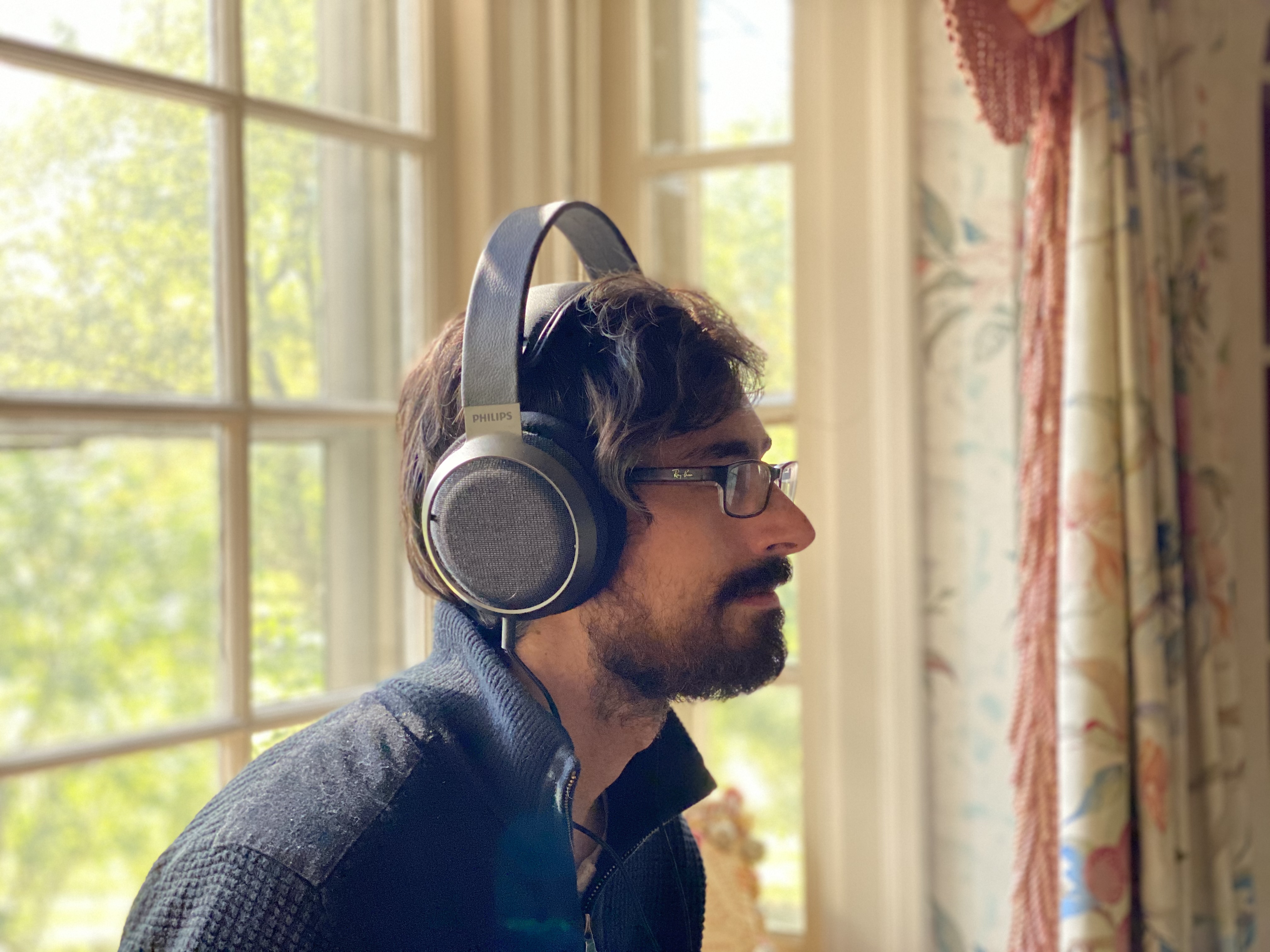
Nick Pino heads up the TV and AV verticals at Tom's Guide and covers everything from OLED TVs to the latest wireless headphones. He was formerly the Senior Editor, TV and AV at TechRadar (Tom's Guide's sister site) and has previously written for GamesRadar, Official Xbox Magazine, PC Gamer and other outlets over the last decade. Not sure which TV you should buy? Drop him an email or tweet him on Twitter and he can help you out.
- Michael DesjardinSenior Editor, TV

